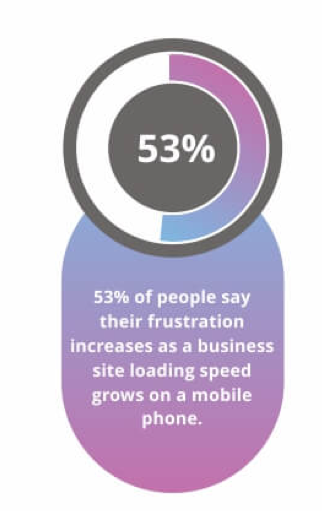Many business owners beginning a website know the general aesthetic purpose of images. Yet image optimization goes far beyond appearance. Optimizing your images involves choosing the best size, format, and related text for your images. While the process may sound difficult, strengthening image SEO will improve your rankings and user experience.
Contents
Better Image Formats, Better SEO
An equally important factor in the reception of your image by users and Google is quality. Depending on the type of image and size, you can achieve the appropriate quality through a range of image formats. Common formats you may need to compare in preparing web images are JPGs, PNGs, and SVGs.

Choosing Between JPGs and PNGs to Improve Image SEO
The features setting JPGs and PNGs apart are the variations they allow for in resolution, size, and color. JPGs work best with photos because of the range of colors and high resolution they provide. Conversely, PNGs are more appropriate for illustrated images because they have lower resolution but capture smaller details.
A less well-known image format called SVG is also supportive to web images. SVGs have the advantage of allowing much smaller file sizes than either PNGs or JPGs. However, they are more appropriate for vector images than photographs.
Other formats provided by paid programs can also improve image appearance, but may only be suitable for certain types of content. For example, Photoshop images work only with raster images, and Adobe Illustrator can only support vector images.
Shrink Your Image’s File Size
Using smaller image dimensions is central to image SEO because it saves data. The amount of used disk space, your website’s bandwidth, and the image data downloaded by visitors all increase with image size. For this reason, the number one rule of image SEO is to find or compress smaller images.

When you shrink an image’s file size, you increase the load speed of the page where it appears, which is a cornerstone of user experience and Google rankings. Because traffic levels also slow down your site, it is a good idea to compress an image even when page speed seems high. Besides load speed, size is also important because Google looks for smaller images and places them higher in the results. Image size plays a parallel role within your hosting site because each file uses bandwidth, which can incur costs if you go over your plan.
There are many different image compression tools available to shrink your image’s file size. Photoshop works universally, but for other tools, it depends on the type of compression you are performing.
Lossy compression reduces the quality of an image the more you shrink the image file, so if you are using this format Affinity Photo may be a useful tool. Lossless compression, which reduces file size without hurting quality, is more suited to applications like FileOptimizer and ImageOptimizer. Outside of applications, one of the most recommended plugins for compression is the WordPress “Imsanity” plugin.
Taking Image SEO Beyond Compression
One of the most puzzling aspects of compressing an image and maximizing quality is that each can detract from the other. The goal of image SEO is not just to reduce data, but also to do so without degrading the image’s appearance. With this in mind, it is better to compress an image to a size that retains decent resolution than to compress it to its lowest file size. There are times when reaching this balance means using more data than optimal, but fortunately there are other ways that you can make up for scarce space. In particular, the size of your host’s image library can be a major drain of data, so deleting old or unused images can prevent needless clutter. A number of WordPress plugins like Media Cleaner help speed up the process of deleting images.
There are times when reaching this balance means using more data than optimal, but fortunately there are other ways that you can make up for scarce space. In particular, the size of your host’s image library can be a major drain of data, so deleting old or unused images can prevent needless clutter. A number of WordPress plugins like Media Cleaner help speed up the process of deleting images.
Another helpful habit is performing compressions before moving images to your site. It is necessary to compress your image in a separate plugin or program before uploading it to your site, because uploading the original file size consumes more data.
Images Need Keywords Too
An often overlooked factor in image SEO is the various text labels that help search engines index an image. Chief among these are file names and image captions. File names are needed for search engines to locate the file, so it is difficult for Google to rank your image without them. Your image caption is valuable to user experience because captions are read three times more often than page text.
Other labels that are important for appealing to users are alt text and structured data. Alt text labels give those unable to access an image a description of the content. Similarly, structured data are “tags” that viewers see when they do an image search. The tags often indicate whether the image is related to a product or service and can improve viewers’ ability to find what they need.
In all of these image texts, the best way of getting your image noticed is to incorporate your article’s keywords. Without these, Google may rank competitors’ content higher simply because the identifying phrase from your article was missing from the image. Through implementing these labels, you ensure that an image attracts the right audiences and appropriately compliments your article.
Conclusion
At a glance, image optimization can appear to be an optional extension of your website’s SEO. As it turns out, image SEO makes up a significant part of your content’s rankings and value to users. Shrinking your images’ file sizes and ensuring good quality is a key part of keeping viewers on your page. In fact, these practices will draw people to your social media pages as well. In essence, creating better images allows you to build on the content you already have for the exposure your website deserves.


